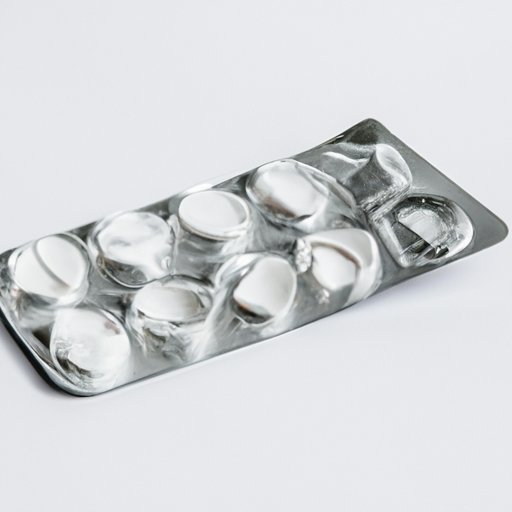I. Introduction
Foot blisters can be painful and discomforting, especially for people who are active or work on their feet for extended periods. Blisters are small pockets filled with fluid that form on the surface of the skin. While they can occur on any part of the body, they are particularly common on the feet. The purpose of this article is to provide insights into how to cure blisters on feet fast, using home remedies and preventative measures.
II. Home Remedies for Fast Blister Relief
Natural remedies like aloe vera, black tea bags, and essential oils can help relieve pain and treat blisters fast. Aloe vera is a natural antibacterial agent that can help reduce inflammation and speed up the healing process. Black tea bags contain tannins that help dry out blisters and prevent infection. Essential oils like lavender and tea tree oils have antiseptic properties that can help prevent infection and promote healing.
To use aloe vera, cut open a fresh leaf and apply the gel directly on the blister. For black tea bags, steep a tea bag in boiling water, allow it to cool, and place it on the blister for 10-15 minutes. To use essential oils, dilute the oil with a carrier oil like coconut oil and apply it directly on the affected area.
III. Tips for Preventing Blisters
Preventing blisters is usually easier than treating them. Wearing comfortable shoes that fit well and avoiding friction are some of the best ways to prevent blisters from forming. Moleskin is a great way to prevent friction by adhering it to the inside of the shoe or placing it on the blister-prone area. Other preventative measures include adjusting shoe laces, keeping feet dry, and using talcum powder.
IV. Over-the-Counter Treatments
Hydrocolloid bandages are the most effective over-the-counter products for blister relief. These bandages protect the blister and keep it moist, which helps promote healing. They also help prevent friction and further damage to the blister. To use, clean and dry the affected area, apply the bandage, and leave it on until it falls off naturally.
V. How to Properly Care for a Blister
Proper cleaning and sterilization of the blister are crucial for healing and preventing infection. Clean the blister with soap and water, or an antiseptic solution, and avoid popping the blister. If the blister accidentally pops, cover it with a sterile bandage to protect it from infection. If the blister is painful or becomes infected, seek medical attention.
VI. The Importance of Proper-Fitting Shoes
Wearing properly fitted shoes can minimize the risk of blister formation. Shoes that fit well should have enough room in the toe box, have proper arch support, and a secure heel fit. Shoes that are too tight or too loose can cause friction and pressure, leading to blisters
VII. When to See a Doctor
If a blister is severe, recurring, or shows signs of infection, medical attention may be necessary. Signs of infection include redness, warmth, swelling, pus, and a foul odor. A physician may drain the blister, prescribe medication, and recommend additional treatment measures.
VIII. Precautions to Take after a Blister Has Healed
After a blister has healed, it is crucial to take preventative measures to reduce the risk of future blisters. Wear moisture-wicking socks, keep feet dry, and use foot powders to prevent sweating. Apply moleskin or blister pads on the areas prone to blisters. Always take care of your feet, especially if you are active or work on your feet for extended periods.
IX. Conclusion
Foot blisters can be a frustrating and painful experience. However, with the right preventative measures, home remedies, and treatments, they can be managed and cured fast. By taking care of your feet and wearing properly fitted shoes, you can minimize the chances of blister formation. Always seek medical attention if the blisters are severe, have become infected, or persistently recur.
